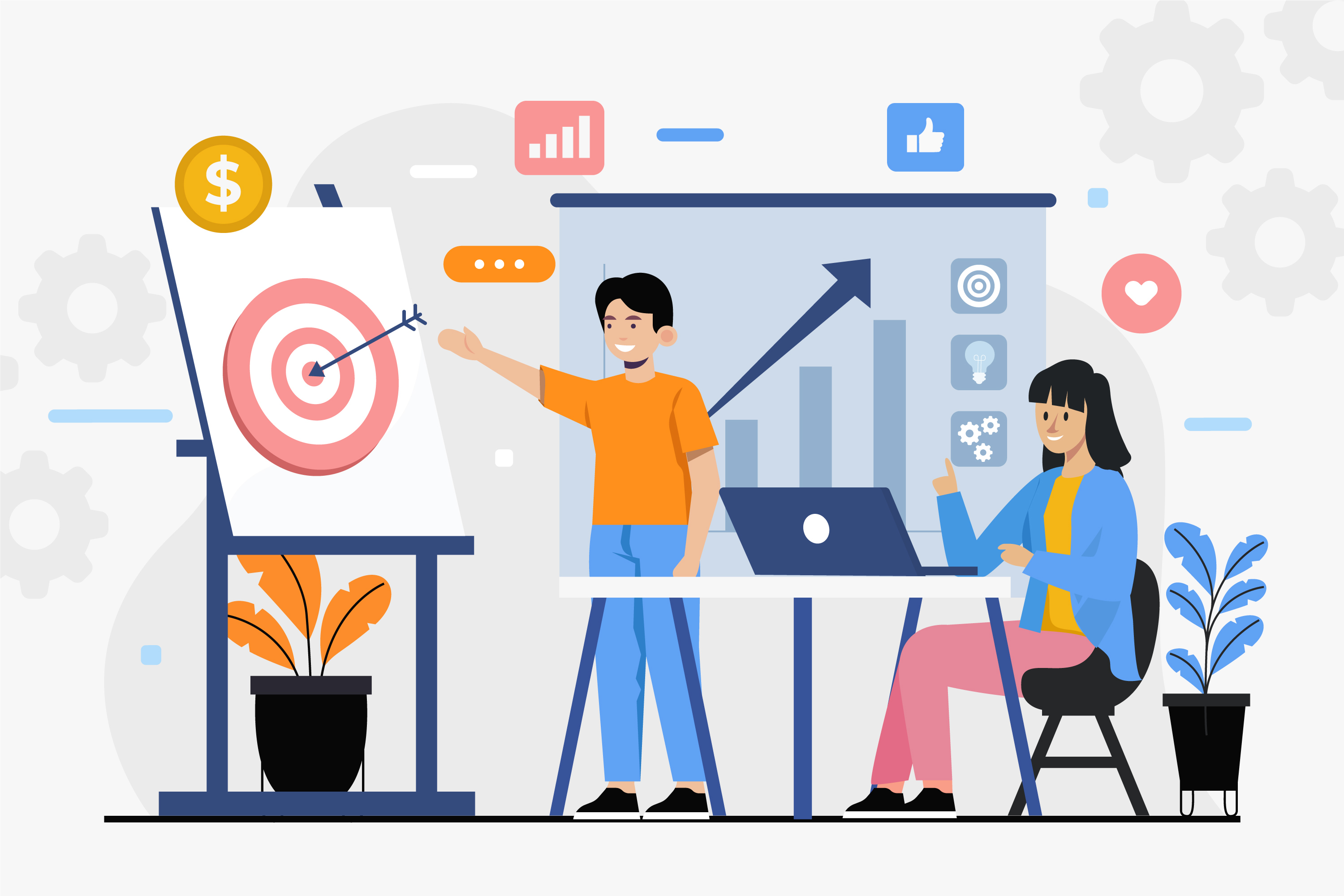Microlearning is a learning technique that involves getting information in short, digestible bursts. Microlessons aim to simplify learning without compromising on crucial details.
Information overload is a massive problem for modern learners - microlearning aims to solve this and create higher employee engagement and retention results. Essentially, it works to achieve similar objectives to the traditional learning setup while requiring less time and attention from learners.
What's the difference between e-learning vs microlearning
You might be wondering what the difference between e-learning and microlearning is, two terms that are widely used in the world of HR and L&D.
E-learning is a broad term used to refer to all forms of learning delivered via digital channels.
Microlearning, breaks down topics into small, bite-sized chunks with the goal of making learning easier and faster. New technology and strategies like AI-powered algorithms and gamification are also used for personalisation and to make learning fun! It is a good fit for learners with short attention spans and busy schedules.
What are the benefits of microlearning?
Microlearning continues to thrive in many industries owing to the benefits to learners and instructors alike. Here are some of the benefits of implementing a good microlearning strategy:
1. It minimizes overload
One of the greatest challenges all of us face in the modern, connected world is information overload. Simply put, our ability to focus is damaged when we handle too much new information in a short space of time. Microlearning lightens the load for learners. It's all about a "little and often' approach, best exemplified in short-form, bite-sized lessons that reduce information overload.
2. Promotes better retention of information
Microlearning curriculums seek to express key ideas minus any distractions or digressions. You can compress many lessons into short videos or articles. Shorter lessons and spaced repetition make it easier for learners to overcome the forgetting curve and retain key concepts.
In addition to (and because of) better retention, microlearning facilitates better transfer of concepts. When you've been taught one quick, actionable tip, it's much easier to see how you might apply it in your workplace. This is as opposed to lengthy frameworks and theoretical concepts. With microlearning it's much easier for learners to take away what they've learned and instantly apply it.
3. Rapid employee upskilling
Microlearning isn't just more effective - it's also much more efficient for businesses looking to save time and money. You'll save on employee time and company time if you keep your learning short and to the point. The return on investment and time-to-value are both much higher when businesses invest in microlearning, making it helpful way for many HR teams to deliver on their strategic aims.
4. Creation of a learning culture
Learning is necessary to keep up with the current trends and technologies in the market. A culture of learning is thus essential in organisations that wish to remain competitive in their industries, and also attract the best people - 59% of millennials claim development opportunities are extremely important when deciding whether to apply to a new position. Microlearning is much better-adapted to a continuous learning culture than traditional learning, because it's easier for people to do a little learning on a regular basis, more shareable, and it also tends to see higher engagement.
Read more: 7 Benefits of Microlearning for Your Business
Microlearning strategies
Let’s look into some of the best strategies:
1. Video-based microlearning
Video-based microlearning involves using bite-sized videos that get to the point. There's strong evidence that video learning is effective. Microlearning videos cut straight to the information. That helps learners grasp concepts and apply them to their jobs. Keep the videos short and with excellent visuals to keep learners engaged and increase retention.
2. Scenario-based microlearning
Relating the learning content with real-life scenarios makes it more likely for learners to understand concepts and increases transfer of concepts. This strategy incorporates hypothetical stories that will make the learners assess complex problems and situations. Scenarios are much more memorable to most learners, so this is another way to up that retention!
3. Microlearning and gamification
Everyone loves a game - and studies have shown that adding gamification to the learning experience increases learner satisfaction and builds team chemistry. Microlearning makes it much easier to incorporate competition into the learning process - it's quite hard to feel a sense of fun when your lessons are an hour or more! Microlearning is well suited to short quizzes, leaderboards and prizes, to keep those engagement levels high.
Read more: 6 Microlearning Strategies for Your Organisation in 2022
Microlearning best practices
Here are some of the best practices to employ in your microlearning strategies for optimal effectiveness and success:
1. Allow for mobile access
Microlearning needs to work for learners who are on the go. Employees should be able to access the learning material anywhere and at any time with a mobile platform.
2. Have one idea per lesson
The goal of microlearning is to make an impact in a short time. The best way to get the most from microlearning is to choose a single idea per lesson. That way, you will be more likely to impact the learners and encourage retention.
3. Leverage visual elements
Massive amounts of texts can be off-putting to learners. It will be hard to read and even harder to remember. Designing learning content with visual elements will help learners process, engage with and retain information.
4. Allow for customisation
The most effective microlearning strategy is one that you can tailor to support individual needs. A good microlearning platform can help you personalise learning experiences for your employees. In fact, one of the biggest microlearning challenges is the resources it takes to create your own learning resources as an employer. This is why it's wise to invest in a good platform that will scale up personalised content.
Read more: 5 Examples of Microlearning for Your Organisation
How much does microlearning cost
Time is money! Microlearning is usually much more cost-effective, both in terms of employee time saved and cost of training. Hour-long or afternoon-long workshops are unbelievably inefficient in terms of both of these factors - especially since most learners have lost focus after 10 minutes!
Bite-sized online training modules can be crafted faster compared to traditional e-learning courses. Better even, you can use a microlearning platform with pre-populated content, like 5Mins to access lessons faster.
Effectiveness of microlearning
In a nutshell, is microlearning effective and worth investing in? The answer is yes as long as you get it right! Microlearning comes in handy when you need to grasp complex concepts and time is not on your side - so it's especially effective for growth-stage businesses. Higher retention of information and a more engaging experience mean that in most cases, you get a lot more bang for your buck with the microlearning approach to workplace training.
Conclusion
Some courses and learning scenarios call for a bite-sized solution for learners to grasp and retain. In this case, microlearning is the best alternative to traditional e-learning techniques. It is less time-consuming, more engaging and cheaper to produce.It is a growing learning strategy you can leverage for commercial and corporate training.
.png)




